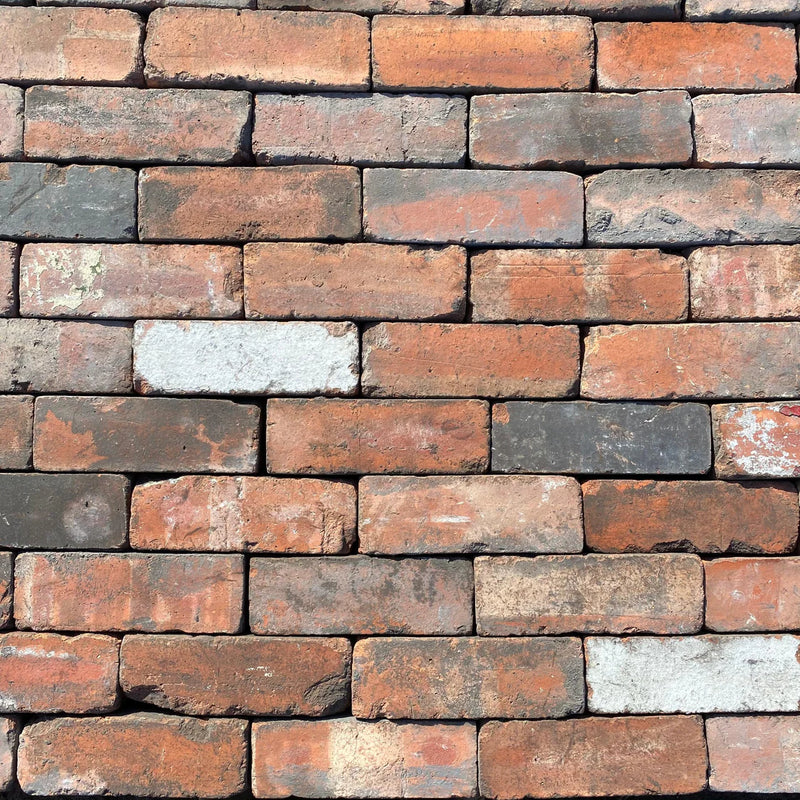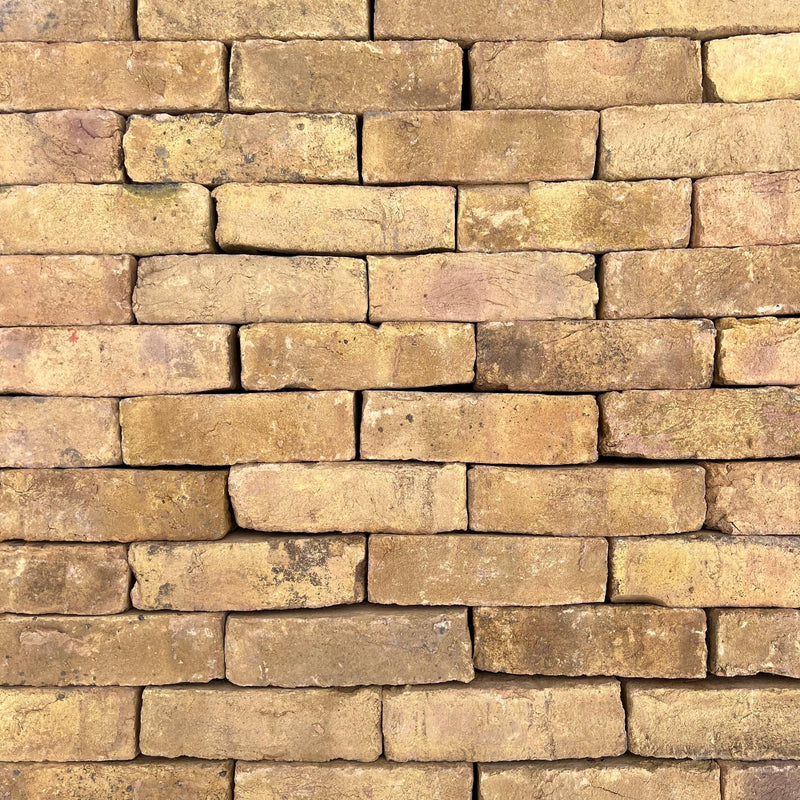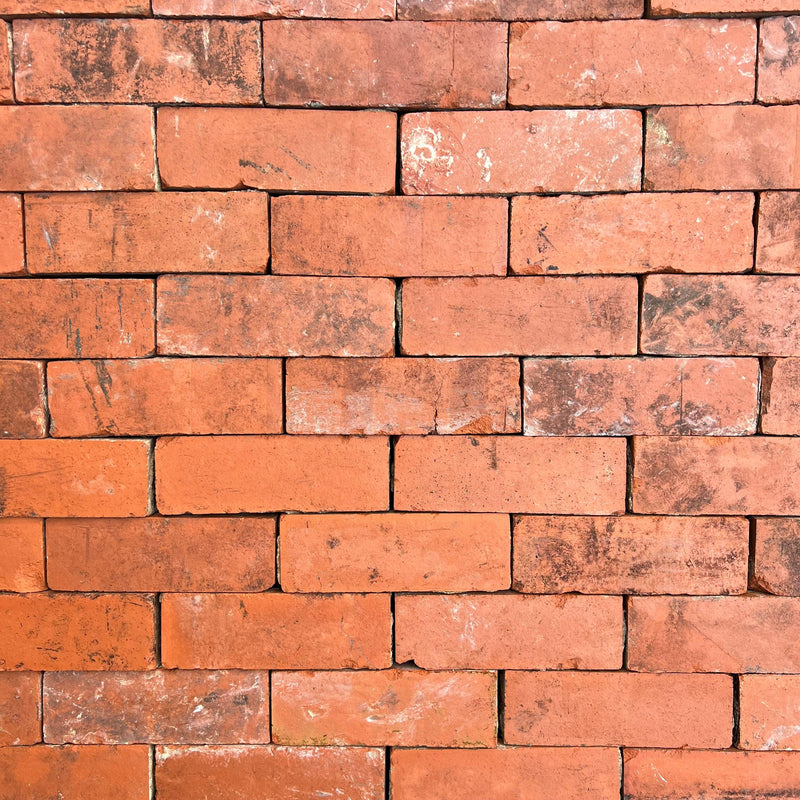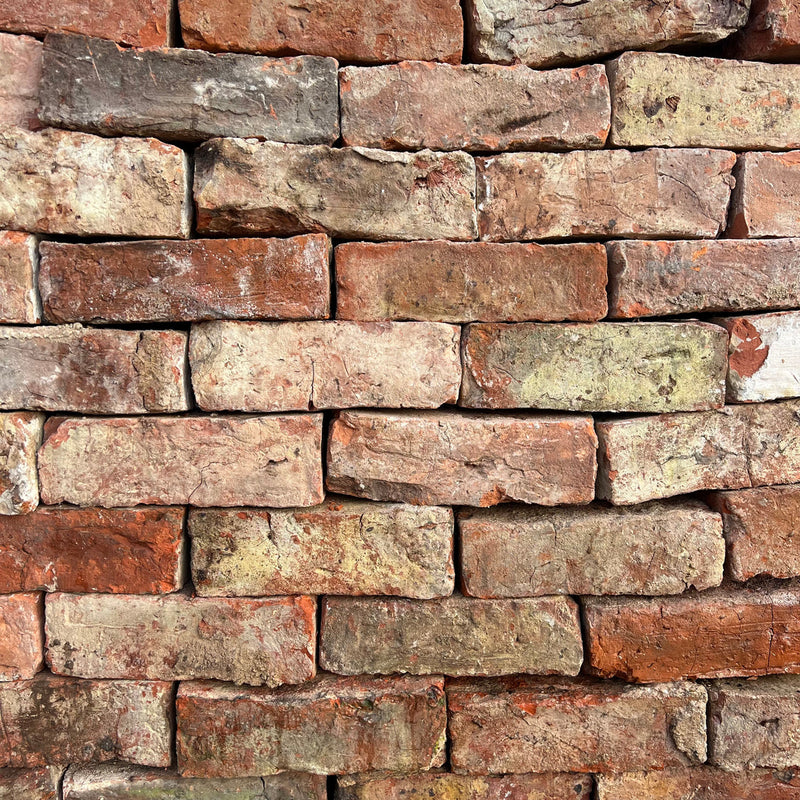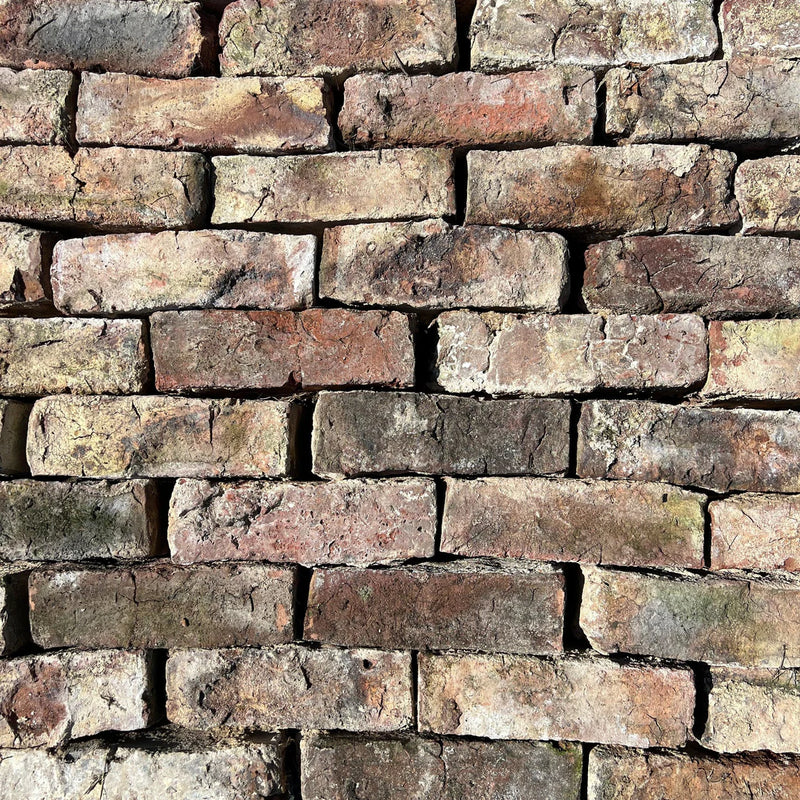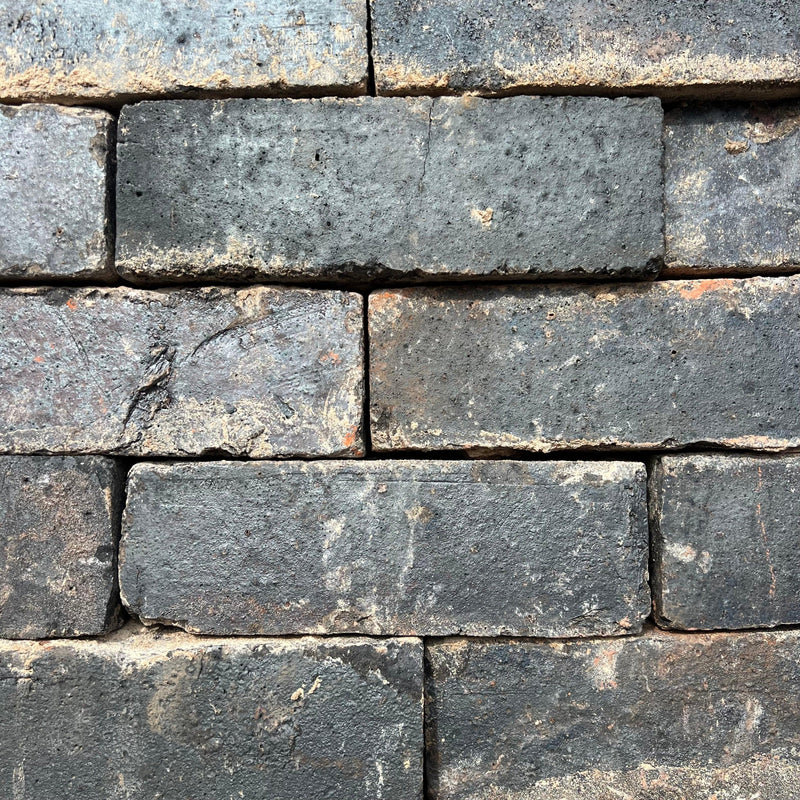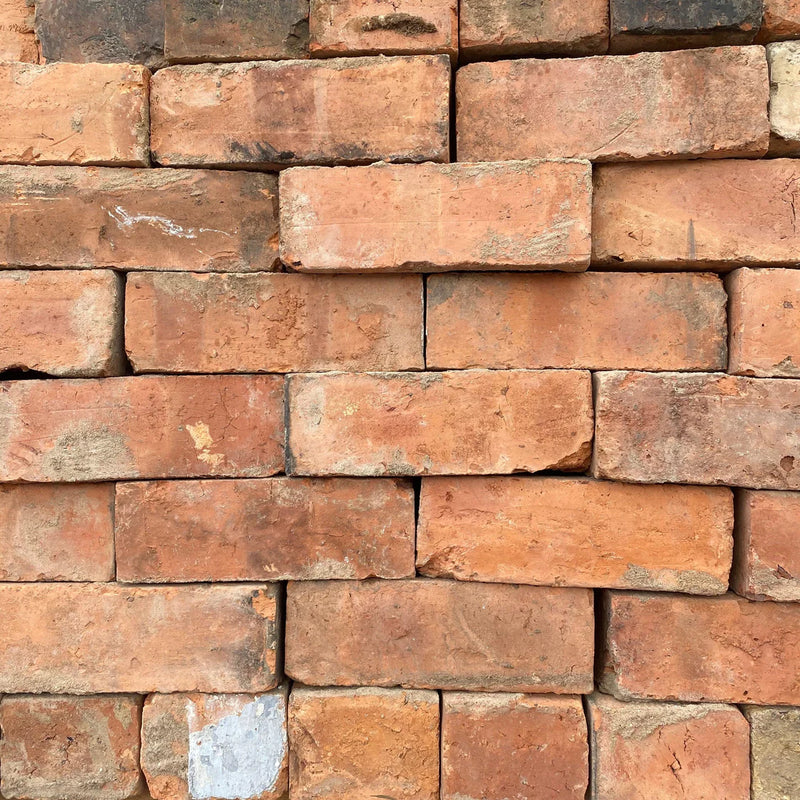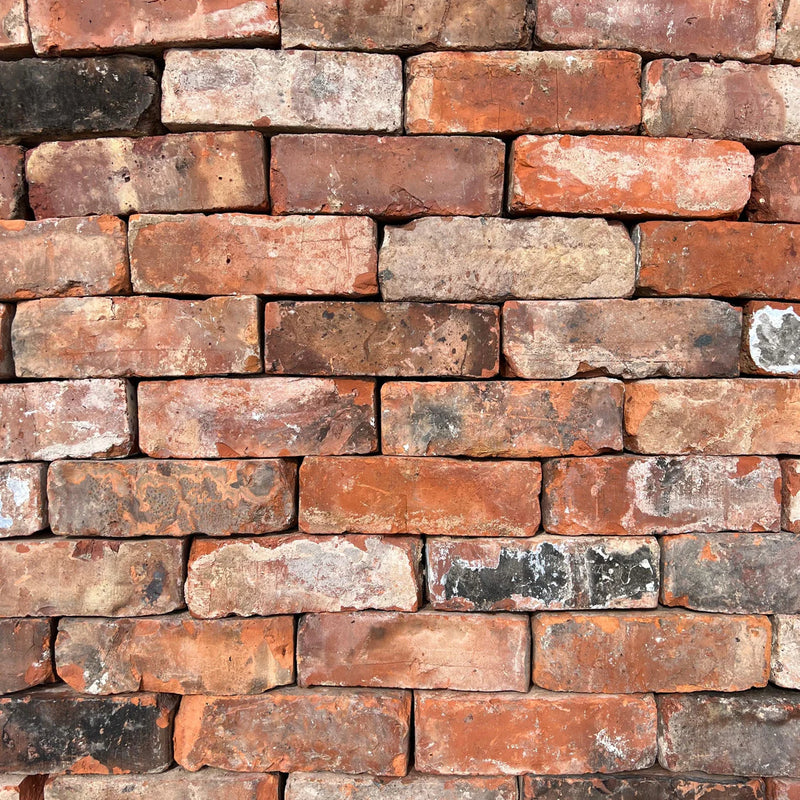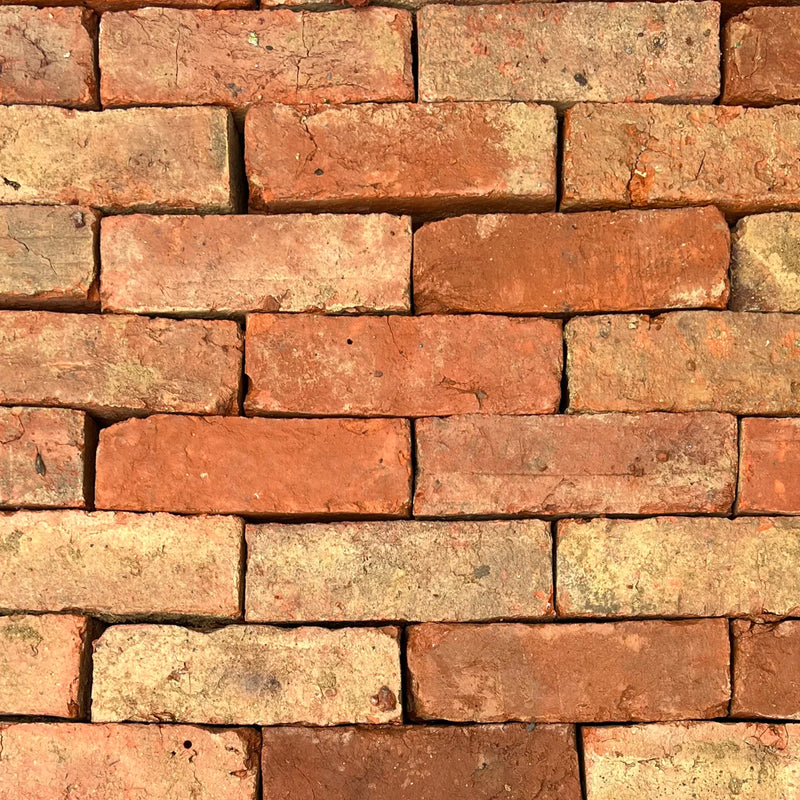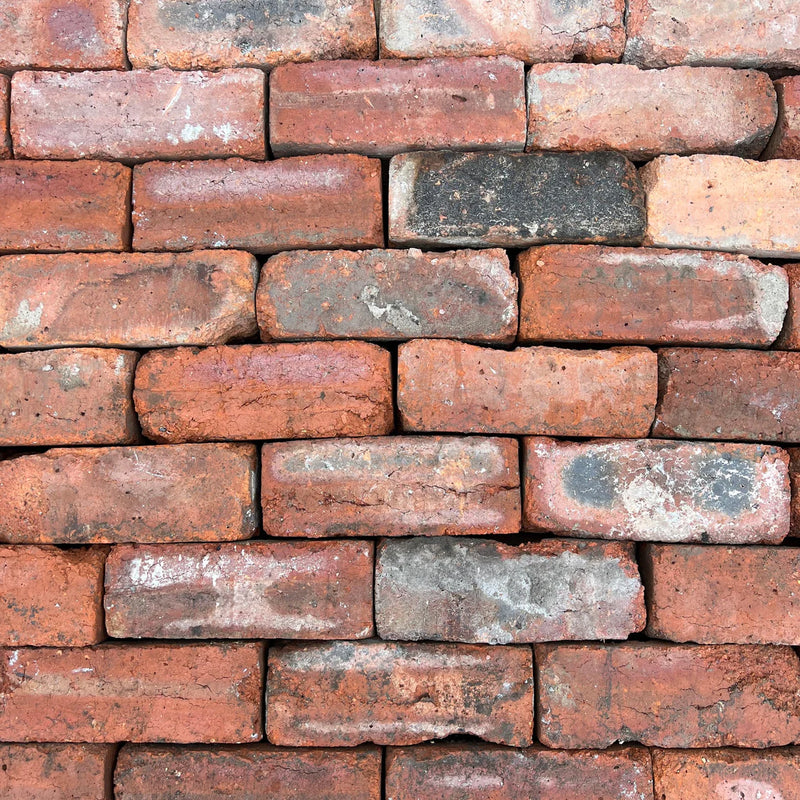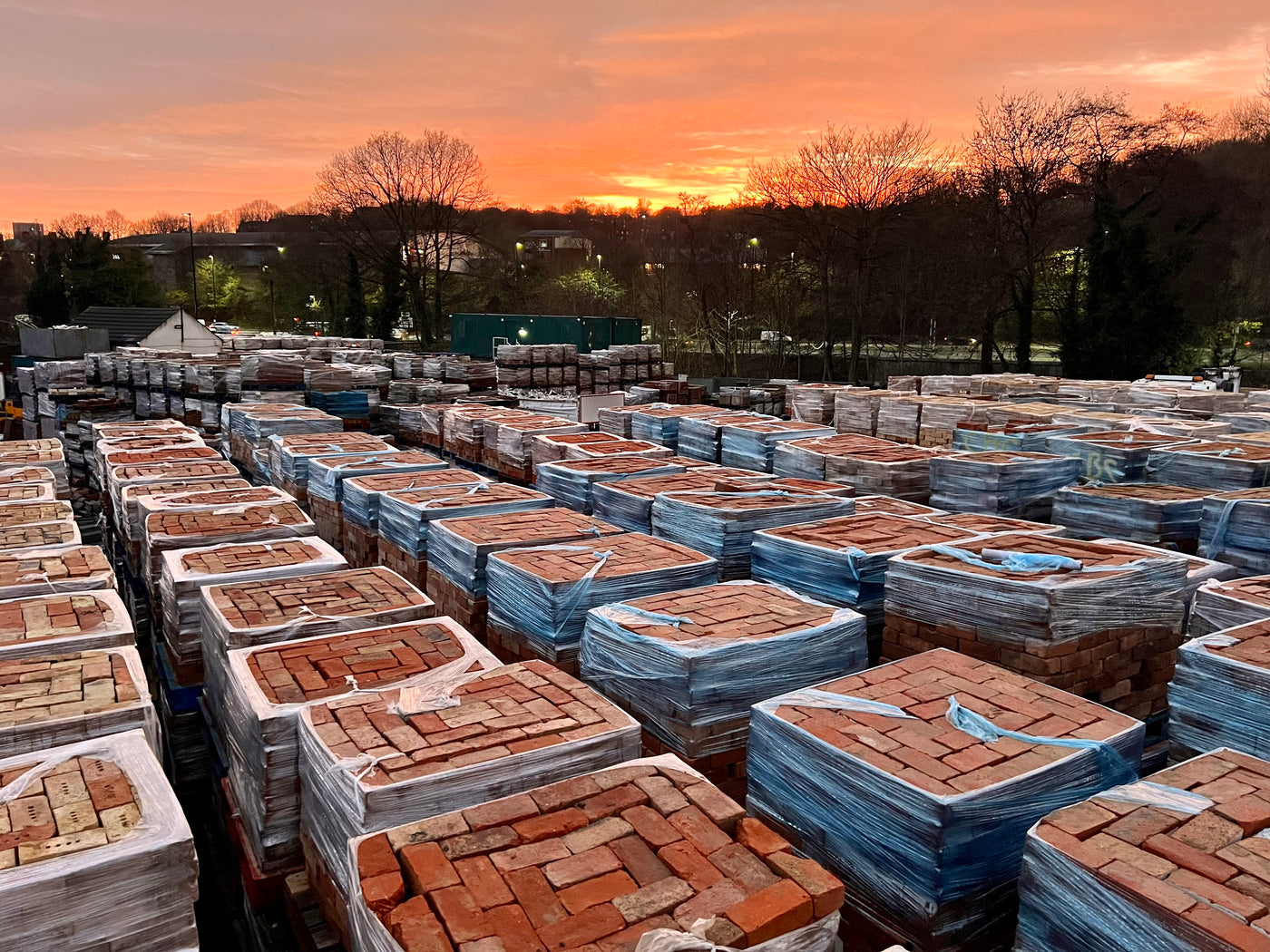Regional Brick Types & Styles
When choosing the right brick for your projects, one of the most important elements to consider (and the one that's most over looked) is Regional Location.
Bricks have been used in construction for hundreds of years, well before the use of motor vehicles. This meant that transporting bricks in volume was not practical for traditional builds across the UK. Therefore, this led to clay mining and brick manufacture being conducted local to where the bricks would be used.
With bricks being used locally, this led to regional differences across the UK in brick types, sizes, colours and textures for traditional buildings. Here at Reclaimed Brick Company, we understand the importance of correctly matching bricks to existing buildings and the local area. That's why we have grouped our brick offerings into regional areas, which can be viewed below:
How Reclaimed Brick Company Supplies Old English Bricks
Understanding regional brick types is vital when choosing reclaimed materials for building projects. Due to historical limitations in transportation, bricks were produced close to where they were used, utilizing local clay deposits and firing methods. This led to distinct regional brick styles such as the yellow London Stock Bricks, known for their durability and used in Georgian and Victorian buildings, and the iconic red Cheshire Bricks, favored for their vibrant color. These unique styles are integral to maintaining the authenticity of period properties and heritage restorations.
Using the correct regional brick type helps maintain architectural integrity and respects local history. For example, in Yorkshire, handmade clamp-fired bricks offer a distinctive texture and color palette, blending seamlessly with traditional cottage builds. Similarly, in the Midlands, red clay bricks have long been associated with the industrial-era architecture of the region. Matching the right brick style ensures consistency, preserves historical aesthetics, and often increases the value of the restoration project.
When sourcing bricks for your project, choosing materials that reflect the local historical style not only enhances the visual appeal but also supports sustainable practices. Reclaimed bricks often carry a weathered patina and unique textures that cannot be replicated by modern manufacturing. By using reclaimed regional bricks, builders can reduce their environmental impact, minimize waste, and maintain the charm of traditional UK architecture. The Reclaimed Brick Company’s extensive collection of local brick styles provides a wide selection to suit projects across the country.
Different Types of Old Imperial Bricks
There are many types of old bricks, each with unique characteristics based on their era and regional production methods:
- Handmade Bricks: Typically pre-19th century, handmade bricks are uneven in size and shape, featuring unique textures and variations due to the manual production process.
- Wirecut Bricks: Common in the late 19th and 20th centuries, wirecut bricks have sharper, cleaner edges. The wirecut process allowed for mass production and uniformity.
- Engineering Bricks: Known for their strength and durability, these dense, often blue or red bricks were used in industrial projects and structural builds.
- Stock Bricks: Often found in Victorian buildings, these are clay bricks formed in molds. They have a rustic look with natural color variations.
- Fire Bricks: Specifically made to withstand high temperatures, fire bricks were used in fireplaces and kilns.
- Overburn Bricks: These have a darker, sometimes vitrified surface due to high-temperature firing. They are often found as characterful accents in reclaimed brick projects.
Using reclaimed bricks not only adds historical charm but also aligns with sustainable building practices, making them highly sought after for restoration and heritage projects.
